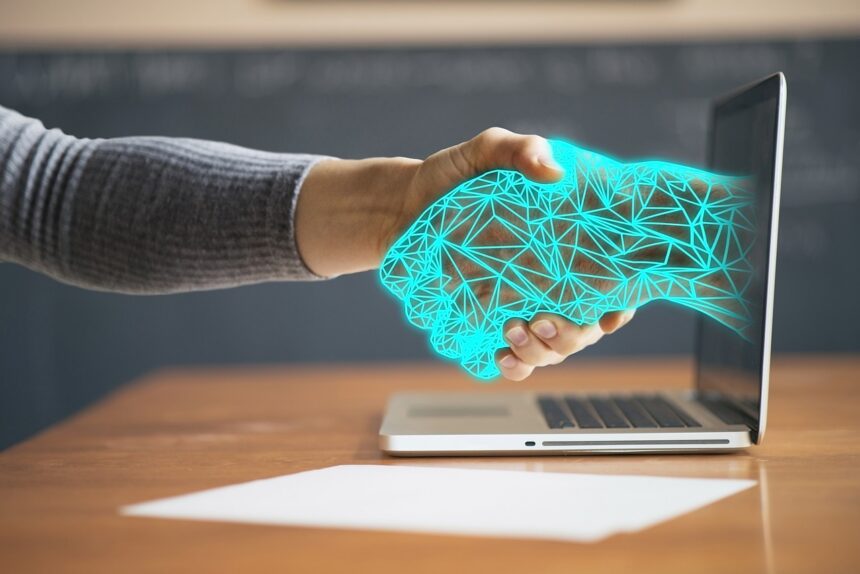BrainAccess.ai is a platform specializing in AI-enabled electroencephalography (EEG) and hyperscanning solutions tailored for various applications, including research, brain-computer interfaces (BCI), and neuromarketing. The company offers a range of portable EEG devices designed to facilitate easy and effective brain activity measurement. The platform’s software includes tools for direct device control and access to EEG data, making it suitable for both academic research and practical applications in fields such as neuromarketing and human-machine interfaces. BrainAccess https://www.brainaccess.ai has leveraged extensive expertise in AI and deep neural networks to enhance BCI applications since its inception in 2019. The integration of AI-driven algorithms allows for more effective analysis of complex brain data.
Featured Product Offerings
- BrainAccess Halo: A 4-channel wireless EEG headband ideal for monitoring visual cortex and eye movement, equipped with a 3-axis accelerometer.
- BrainAccess Standard Kit: An 8-channel portable EEG solution suitable for low-density measurements.
- BrainAccess Extended Kit: A 16-channel system designed for full-coverage EEG measurements.
- BrainAccess Extended+ Kit: A more advanced version featuring 32 channels for high-density coverage in research applications.
Software Solutions
BrainAccess.ai stands out by combining advanced technology with user-friendly solutions to enhance EEG research and applications in various fields, more here. The platform offers two main software options:
- BrainAccess Board – A user-friendly application compatible with Windows and Linux, designed for interfacing with BrainAccess devices and managing EEG measurements.
- BrainAccess SDK – A comprehensive set of libraries available in C and Python, allowing users to control devices, stream data, and integrate EEG functionalities into their applications.
Key Advantages of BrainAccess
- Dry-contact EEG Electrodes
These electrodes eliminate the need for gel, making the setup process more convenient and comfortable for users.
- Portability and Comfort
BrainAccess devices utilize dry-contact electrodes that do not require gel, making them more comfortable and easier to use for extended periods. This design enhances participant comfort and encourages natural interactions during experiments.
- Wireless Connectivity
The wireless nature of BrainAccess devices allows for greater freedom of movement, enabling more natural social interactions compared to traditional wired systems.
- User-Friendly Software Integration
The support for Lab Streaming Layer (LSL) facilitates seamless integration with other software and hardware, allowing researchers to synchronize data from multiple participants easily. This is crucial for accurate analysis in hyperscanning studies.
- Versatile Configurations
BrainAccess offers various device configurations tailored for different research needs, from low-density to high-density EEG measurements. This flexibility is beneficial for a wide range of applications in social neuroscience and beyond.
- Real-Time Analysis Capabilities
The BrainAccess SDK allows researchers to develop custom applications and analyze data in real-time, enhancing the research experience and enabling immediate feedback during experiments.
- Lab Streaming Layer (LSL) Support
The software supports LSL protocol, facilitating the integration of various data streams for enhanced experimental setups.
How does BrainAccess’s Hyperscanning Technology Compare to Other Hyperscanning Solutions
BrainAccess’s hyperscanning technology offers several distinct advantages compared to other hyperscanning solutions, particularly in terms of portability, user-friendliness, and integration capabilities. Visit BrainAccess.ai to know where BrainAccess’s hyperscanning technology stands out due to its portability, comfort, and ease of integration, making it particularly suited for studies involving social interactions compared to traditional methods like fMRI or even other EEG solutions.
How does BrainAccess’s Hyperscanning Technology Work
BrainAccess’s hyperscanning technology enables simultaneous recording of brain activity from multiple individuals, facilitating the study of social interactions and collaborative tasks. Hyperscanning is a neuroimaging technique that captures the brain activity of two or more people at the same time, allowing researchers to analyze inter-brain dynamics during social interactions, cooperation, and competition. BrainAccess employs electroencephalography (EEG) for hyperscanning, which is advantageous due to its portability and ability to measure multiple subjects simultaneously without requiring them to remain stationary.
Technical Mechanism
- Synchronized Measurements
- BrainAccess devices are designed to record EEG data from multiple participants simultaneously. This is crucial for understanding how one person’s brain activity may influence another’s during interactions.
- The system uses the Lab Streaming Layer (LSL) protocol, which ensures that data streams from different devices are synchronized accurately. This synchronization is essential for analyzing how participants’ brain activities respond to shared stimuli or actions.
- Data Collection Setup
- Each participant wears a BrainAccess EEG device, which features dry-contact electrodes that do not require gel, making setup quick and comfortable.
- The devices are wireless and battery-powered, allowing participants to move freely, which is important for naturalistic interaction settings.
- Analysis of Interactions
- By examining the synchronized data, researchers can explore various aspects of social cognition, such as how communication influences brain synchronization between individuals or how cooperative tasks affect neural coupling.
- Hyperscanning can reveal patterns in brain activity that correlate with social behaviors, enhancing our understanding of interpersonal dynamics.
Applications
- Research Fields
The technology has applications in social neuroscience, brain-computer interfaces (BCI), education, and neuromarketing. It opens new avenues for studying complex social behaviors in real-time settings.
- Potential Insights
Studies using hyperscanning can provide insights into how people coordinate during joint tasks or how emotional exchanges occur at the neural level, potentially informing fields such as therapy and education.


